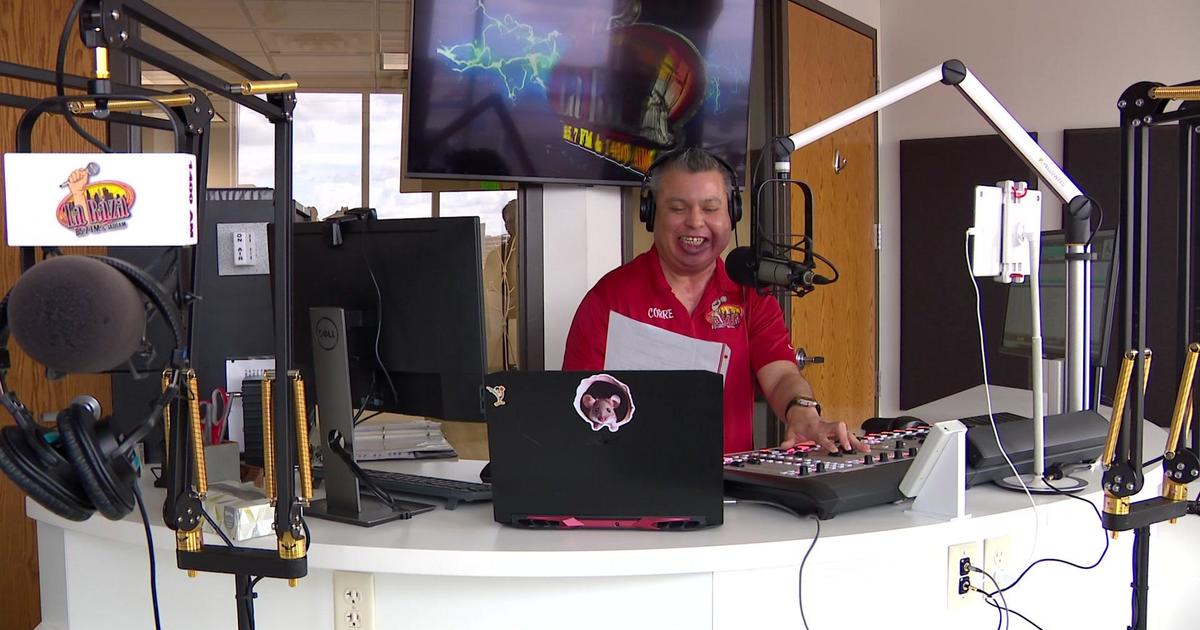Good Question: How Does Airplane Deicing Work?
MINNEAPOLIS (WCCO) -- When the snow flies and the temperature drops, air travel doesn't come to a stop in Minnesota. A fleet of deicing trucks descends on airplanes before takeoff. But how does deicing work?
"It's critical," said Brian Miller, deicing manager for Sun Country Airlines.
Good Question guys Jason DeRusha and Joe Berglove met Miller on the tarmac of Terminal 2 at Minneapolis/St. Paul International Airport at 6:00 a.m., while the snowflakes landed on the 737s.
"We've got frost every day, you've got snow, you've got ice, slush, freezing rain. With any one of those contaminants, deicing has to happen," said Miller.
At Sun Country Airlines, the first step is a huge blast of compressed air. A snow-blower pumps out air at 780 miles per hour.
"Our main goal is to get the snow, the ice and all the contaminants off the aircraft," explained Miller.
The second step is the deicing fluid. What is it exactly?
"Propylene glycol. It's a mixture of propylene glycol and water," he said.
It's called Type 1 deicing fluid. This stuff knocks down snow and rime ice, a white or milky opaque granular deposit of ice which can accumulate on the leading edge of a wing, even when it's not snowing.
When the snow is really coming down, Sun Country's technicians spray Type 4 anti-icing fluid. It's 100 percent propylene glycol with a thickening agent that forms a shield, keeping ice off the wing while it sits on the runway.
Why is ice the enemy of an aircraft on takeoff? It's the Bernoulli Principle which explains lift.
"The air foils underneath the wing and it has to foil over the top smooth as silk," said Miller.
"Foiling of the air over the wings and under the wings creates lift. And without that, with any disruption, who knows?" he explained.
Deicing isn't just about the wings and the tail of the plane. The spray is also focused on the nose, where radar equipment sits, and on other sensors that give pilots accurate readings. It's also critical to keep the engine intake areas clear of ice.
Deicing fluid is not cheap. According to Miller it can cost $10-12 per gallon, and Sun Country uses around 200 gallons of it during a storm. The EPA has estimated that some airlines will use thousands of gallons during heavy snow, as they have to attack a plane multiple times before takeoff. That can cost up to $10,000 in just the cost of the fluid.
"The fluids will stay on the aircraft through the taxi and down the runway, then they work their way off and once it's in the air, its smooth sailing," said Miller.
While in the air, ice accumulation can be a concern, but the main issue is during takeoff and landing.
"It's more on descent it'll pick up [rime ice]. That's why the leading edge [of the wing] is heated, and there's anti-ice systems inside the intake of the engine," said Miller.
WCCO-TV's Jason DeRusha Reports



